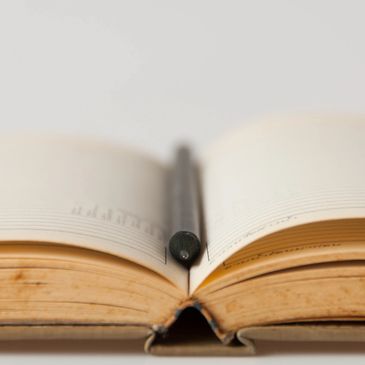Transformational storytelling by JUDITH BICE
Crafting impactful narratives to engage and inspire
Transformational storytelling by JUDITH BICE
Crafting impactful narratives to engage and inspire
Crafting impactful narratives to engage and inspire
Crafting impactful narratives to engage and inspire

Judith Bice is a published writer of historical fiction, with a focus on exploring racial issues and equity in education.
Her first novel, Hey,White Girl, delved into the impacts of busing during the 1960s and 70s .
As a former educator, Judith Bice is passionate about connecting with readers and fellow educators to facilitate the reading of diverse books and the truthful telling of history.
You can send a message or ask a general question using this form.
I will do my best to get back to you soon!

Sign up for the occasional newsletter for fun musings and random book recommendations.
Copyright © 2024 Judith Bice, author - All Rights Reserved.
Powered by GoDaddy
I'd love to connect through email. Let me know you've been here!
We use cookies to analyze website traffic and optimize your website experience. By accepting our use of cookies, your data will be aggregated with all other user data.